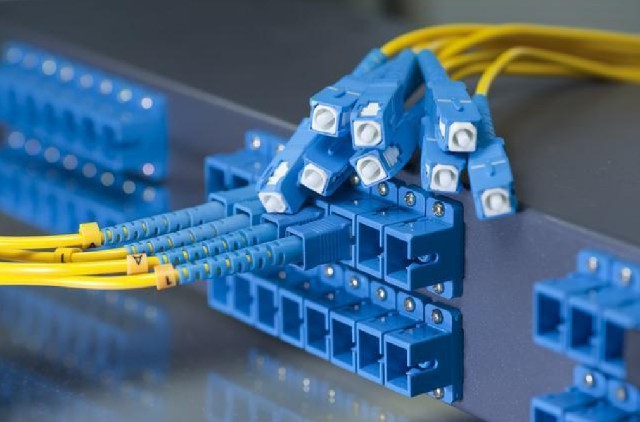Global IT supply chain
International transportation + IT O&M outsourcing + self-owned backbone network
Ethernet switch stacking and cascading are two common methods in network architecture used to expand network scale and enhance network performance. This article will delve into the six key differences between Ethernet switch stacking and cascading.

Definition and Functionality:
Ethernet Switch Stacking: Stacking involves connecting multiple physical switches together through stacking modules or cables to form a single logical large switch. While logically treated as a single unit, they remain physically distinct devices. The stacked switches can be managed through a single IP address, sharing features such as a switching matrix and interfaces.
Ethernet Switch Cascading: Cascading involves connecting multiple physical switches through links to form a chain-like structure. Each switch operates independently, communicating through these links. Cascaded switches are managed through multiple IP addresses, with each switch having its own switching matrix and interfaces.
Scalability:
Ethernet Switch Stacking: Stacking offers excellent scalability by adding more stacking units or switches to expand the network. Newly added devices are automatically recognized and configured with the existing stack. This scalability supports networks with thousands of ports.
Ethernet Switch Cascading: Cascading has a lower scalability. When the capacity of a cascade link is reached, a new cascade link with a new switch is required, creating a new cascade structure. This expansion requires manual configuration, adding complexity to management and maintenance.
Bandwidth and Throughput:
Ethernet Switch Stacking: Stacking allows for shared bandwidth and throughput through the switching matrix. This means links between switches can transmit data simultaneously, providing higher aggregate throughput and increased bandwidth.
Ethernet Switch Cascading: Bandwidth and throughput in cascading are limited by the links. Data flows through each cascaded switch sequentially, limiting the total throughput to the speed of the last switch’s link.
Reliability:
Ethernet Switch Stacking: Stacking offers higher reliability. If a switch in the stack fails, other switches can take over its functions, maintaining network connectivity. Additionally, stacking supports hot-swapping, allowing for the replacement of faulty devices without disrupting network operations.
Ethernet Switch Cascading: Cascading offers lower reliability. If a switch in the cascade fails, the entire cascade structure is disrupted. To restore connectivity, manual changes to the link path or repair of the faulty device are required.
Management and Configuration:
Ethernet Switch Stacking: Stacked switches can be managed through a single IP address, with unified configuration. This simplifies management for network administrators, reducing the administrative burden.
Ethernet Switch Cascading: Cascaded switches require individual IP addresses for management and configuration. If there are multiple cascade structures, each cascade link and its devices need to be maintained and managed separately.
Cost:
Ethernet Switch Stacking: Stacking tends to be more expensive than cascading. The use of stacking modules or cables adds to the cost of the equipment.
Ethernet Switch Cascading: Cascading has a lower cost. Since only links are required, the equipment cost is relatively lower.
In summary, Ethernet switch stacking and cascading are two distinct network architectures, differing in scalability, bandwidth, reliability, management, and cost. Depending on specific requirements and budget constraints, choosing the right network architecture is crucial. For switch-related needs, Ogcloud offers cost-effective solutions. Feel free to consult us for more information!

International transportation + IT O&M outsourcing + self-owned backbone network

Cellular chips + overseas GPS + global acceleration network

Overseas server room nodes + dedicated lines + global acceleration network

Global acceleration network + self-developed patented technology + easy linking

Global Acceleration Network + Global Multi-Node + Cloud Network Integration


